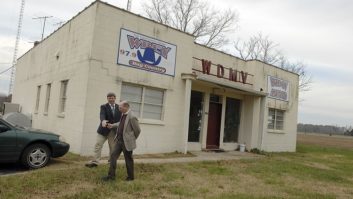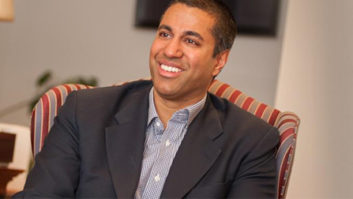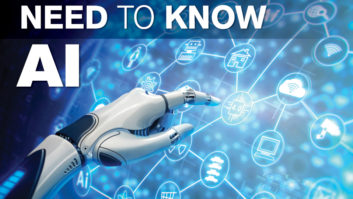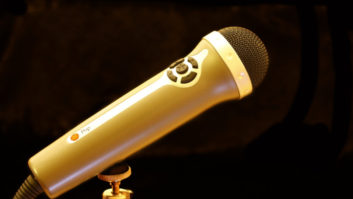A Time for Farewell
Apr 20, 2011 11:00 AM, By Mark Krieger
Although it seems not long since Radio magazine Editor Chriss Scherer asked me if I’d like to take on a bi-monthly online newsletter covering the digital radio beat, this 179th edition marks my last go-round as the author of Digital Radio Update. That’s just about 7.5 years of covering what was then the long-anticipated rollout of IBOC AM/FM digital hybrid radio in the United States.
Though it’s been an odd trek through uncharted terrain, it’s also served as a remarkable learning experience that’s taught me to stop thinking like an engineer when it comes to people and politics.
Now mostly forgotten, IBOC’s lengthy gestation period stretched through most of the 1990s after American broadcasters rejected Eureka-147 technology as a non-starter. Delays in launching a U.S. system came in part from a drawn-out development competition without a clear business model, and partly because a codec with reasonable fidelity at low bit rates was late in arriving. Thus, it wasn’t until Jan. 5, 2004, that Nathan Franzen of Cedar Rapids, IA, switched on the new Kenwood KTC-HR100 HD Radio tuner in his 2001 Pontiac Grand Prix for the first time, and the American public got its first taste of HD Radio.
By then Howard Stern was secretly negotiating his record-breaking contract with Sirius and XM satellite radio had already accumulated over 1.3 million subs. Apple’s iPod was still somewhat of a novelty, the iTunes store having opened only eight months earlier, and Pandora remained just a gal having a bad hair day.
But with radio stocks in retreat and revenues flat, industry executives were justifiably nervous, and many felt that HD Radio’s arrival would somehow level the playing field between their companies and new-tech challengers. After all, radio would now be digital too.
Meanwhile, the folks at NPR Labs were writing their own sidebar to the IBOC story. Dubbed the Tomorrow Radio Project, one of its most closely watched developments was that of supplemental audio channels (SACs) for digital FM, thought by many to be the “killer app” that would drive the IBOC adoption curve steadily upward.
That’s where we were when I wrote my first IBOC Update newsletter, later to become Digital Radio Update. Since then, the march of digital radio here and abroad has been a two-steps-forward, one-step-back affair.
In most of Europe and Canada as well, Eureka-147 DAB came and went, with the exception of the UK. Its inefficient Layer 2 codec and clunky receivers were testimony that the technology of the day simply didn’t meet consumer expectations. Only recently have DAB+ and DRM+ succeeded in building fresh momentum for digital radio on the continent.
In the United States, IBOC has found strong support among big radio groups who implemented aggressive conversion schedules. Public radio stations also lead the way, thanks to an influx of federal dollars doled out via CPB grants, all of which made the mid-1990s a great time to be a major transmitter manufacturer. And iBiquity has been absolutely masterful in getting the consumer electronics industry on board.
Of course, it’s been a bumpy ride. Controversy has dogged IBOC’s evolution — just as its prospects for profitability remain uncertain. And even today a preponderance of Americans still don’t get HD Radio, even as they do get smartphones, tablets, and personal media of every size, shape and description.
Indeed, our appetite for gadgetry and apps appears to be bottomless, and hopefully that will remain true for good radio content as well, regardless of how its distributed and consumed.
So, nearly eight years on since the launch of DRU, its time for me to take a break from reporting on how our oldest electronic medium adapts to a digital world. While the outlook remains at least as hazy as when I started, one thing I’m sure of is that Radio magazine and DRU will continue to supply you with insightful looks at the ebb and flow that is digital radio now.
Many thanks to Chriss Scherer and the fine folks at Radio magazine for this opportunity, and thanks especially to you, our readers, for tuning in. It’s been both fascinating and fun.
Digital Radio Update – Apr 20, 2011
Hong Kong grants DAB+ licenses, DAB+ listening up Down Under, Ford standardizes DAB in UK line, Google trend for HD Radio down and HDRadio.com launches anew….












